Downhill mountain biking is often called the Formula One of MTB. It encapsulates the highest speeds, gnarliest tracks and biggest features in an exciting racing format that has captivated riders and fans since the discipline’s emergence in 1970s California.
Since then, downhill has become a worldwide attraction, with purpose-built tracks and international events to be found across the globe.
But what exactly is downhill and how does it compare to other mountain bike disciplines such as enduro racing? Read on to find out about the DH format, bikes, kit and more.
What is downhill mountain biking?

Downhill mountain biking was born as a competitive discipline. It involves riders racing against the clock on a short (usually three-to-five-minute long) track, littered with technical features such as jumps, drops and rock gardens.
As the name suggests, downhill racing is entirely gravity-fuelled and features no climbing or uphill sections.
Unlike mass-start disciplines such as cross-country racing, which have riders racing elbow to elbow, downhill riders compete against the clock. The fastest time at the end of the day wins the race.
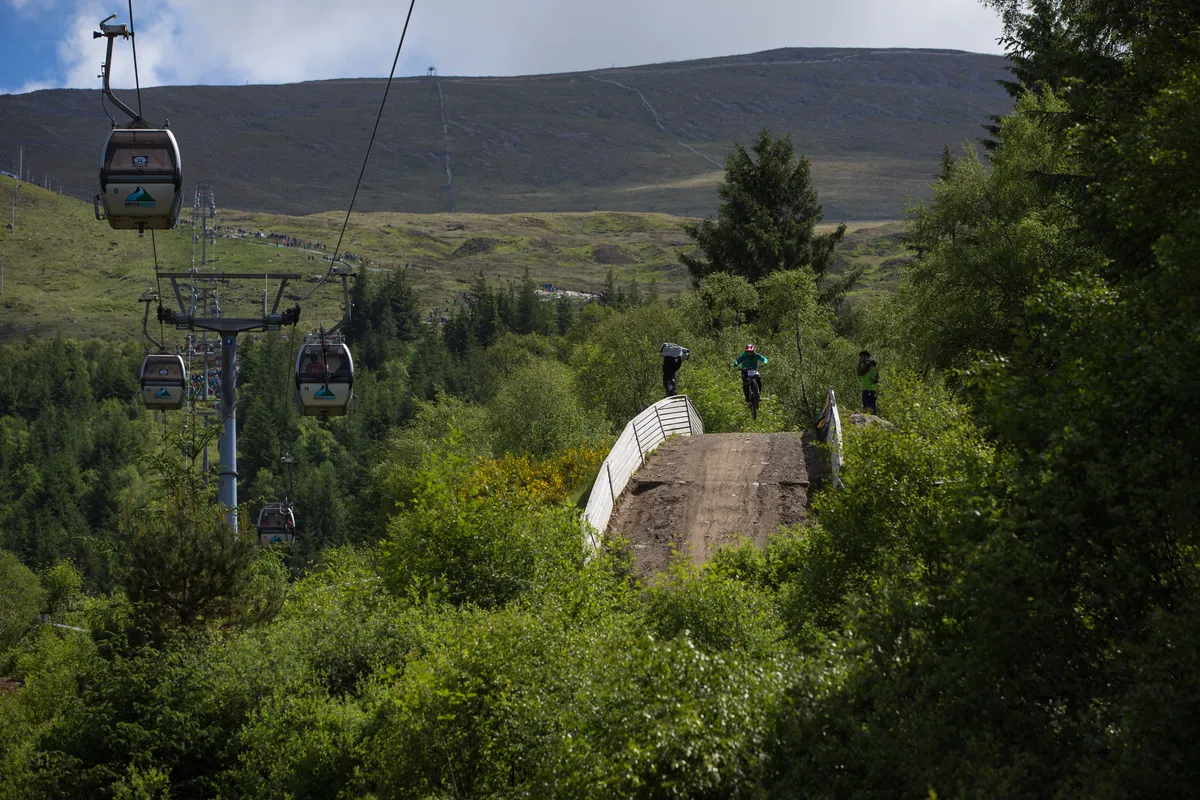
Downhill racers usually only get one shot to lay down a race run. Before that, they have a chance to learn the track in practice and then complete a qualifying run, which seeds the start list for the finals - the fastest rider goes last.
Depending on the venue, riders will make use of a chairlift or gondola to get to the start of the track. Failing that, they may be shuttled using an uplift vehicle or in rare cases, push their bikes up to the start of the course.
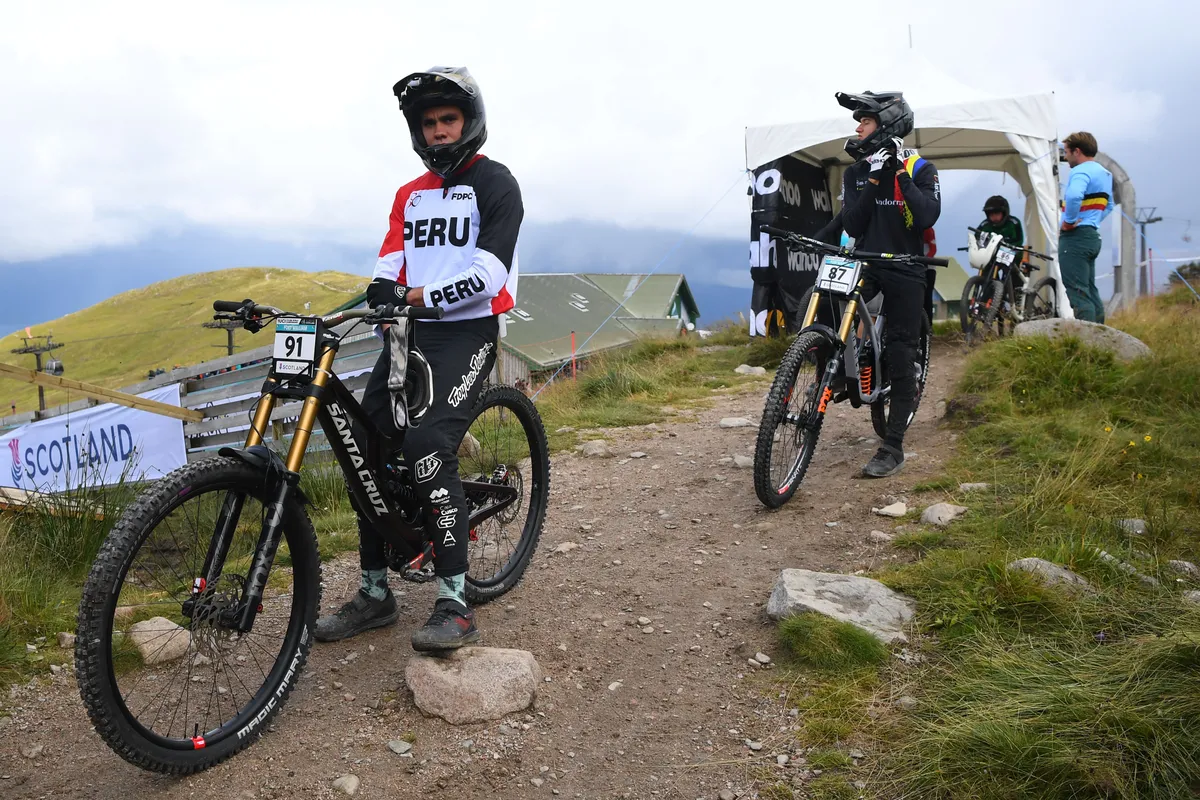
The pinnacle of downhill racing is the UCI MTB Downhill World Cup, which holds international races across the world and requires riders to gather a minimum number of UCI points in order to qualify for entry.
Sitting below the World Cups are UCI-sanctioned national series, which are delivered by national cycling bodies across the globe. These enable riders to rise through the national ranks while gathering UCI points with the hope of qualifying for a World Cup.
For riders looking for a more relaxed environment to enjoy the downhill format, local mini DH races are a great place to start.
What’s so good about downhill mountain biking?
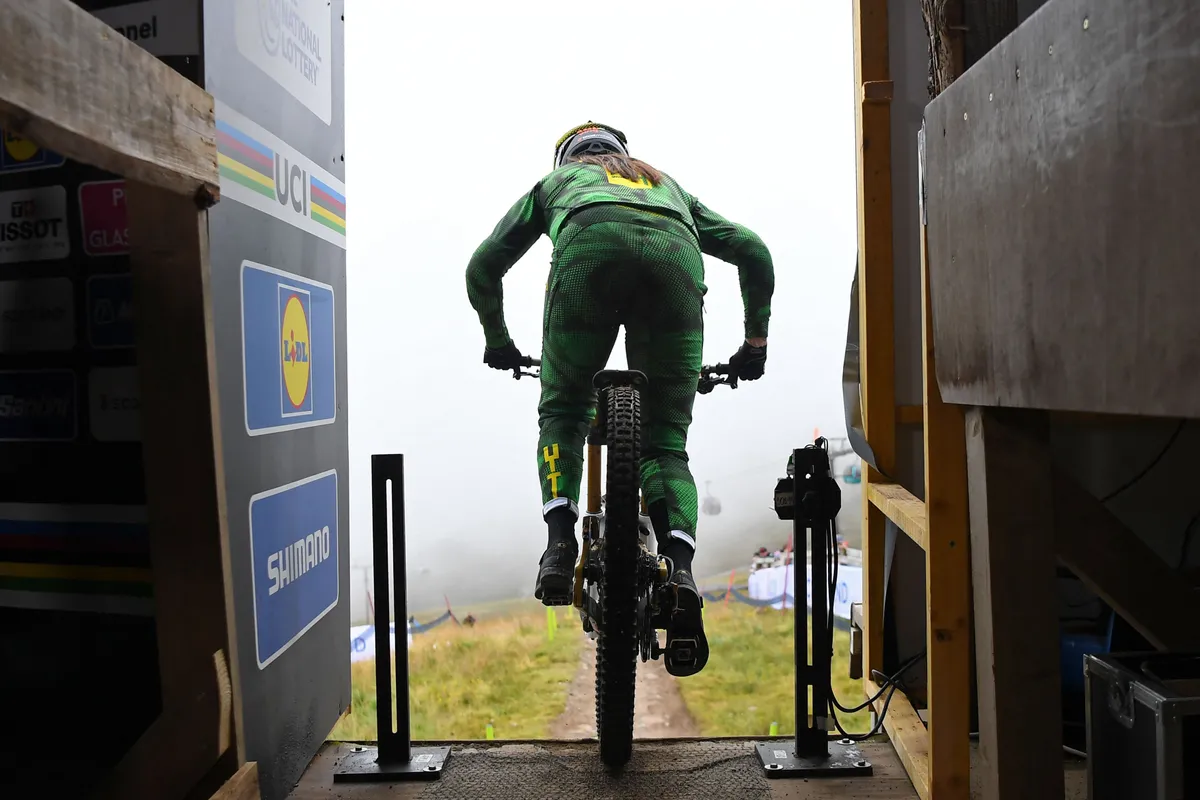
It’s safe to say downhill racing is one of the most exciting MTB disciplines - both for spectators and riders. Having one chance to put down a race run on a short and technical trail demands extreme focus and confidence, and makes for a thrilling race.
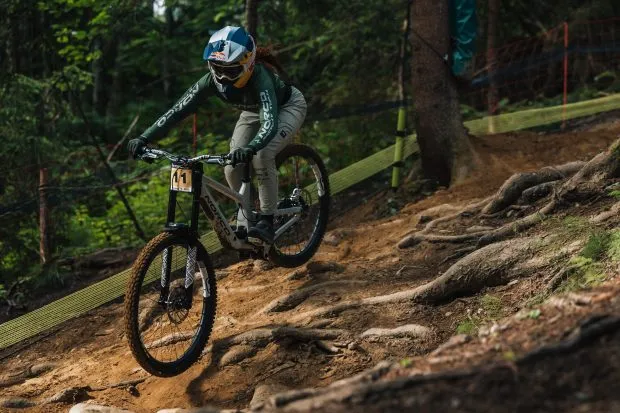
Due to the gravity-fed nature of downhill tracks, the best downhill bikes are designed entirely around their descending prowess. No compromises have to be made on the geometry or performance of the suspension. This makes riding a downhill bike a unique experience, delivering untouchable confidence and descending performance.
Enduro vs downhill

So what differentiates enduro from downhill? While both race formats pitch riders against the clock on gravity-fed courses, there are some key differences.
Enduro is an endurance stage race. This means riders complete multiple timed stages throughout the day and often have to navigate untimed pedal-powered transfers between stages.

This key point also dictates the main difference between enduro and downhill bikes. While downhill bikes are only designed to be ridden down the hill at top speeds, the best enduro bikes also have to be able to pedal efficiently back up to the top.
Therefore, enduro bikes have to balance incredible descending capabilities with geometry, weight and suspension performance that also enables them to be comfortable climbers.
What bike do I need for downhill mountain biking

To have the most fun possible on a downhill track, nothing quite compares to a full-on downhill bike.
With stiff triple-clamp forks, durable downhill tyres and burly components, downhill bikes offer confidence on gnarly terrain that even the most capable enduro bikes struggle to match.
However, if you frequently pedal to the top of your descents and just want to give downhill a go, don’t shy away – a capable enduro bike (or even a trail bike) will hold up just fine, as long as you have the technical skills necessary to ride the terrain.
What to wear for downhill mountain biking?
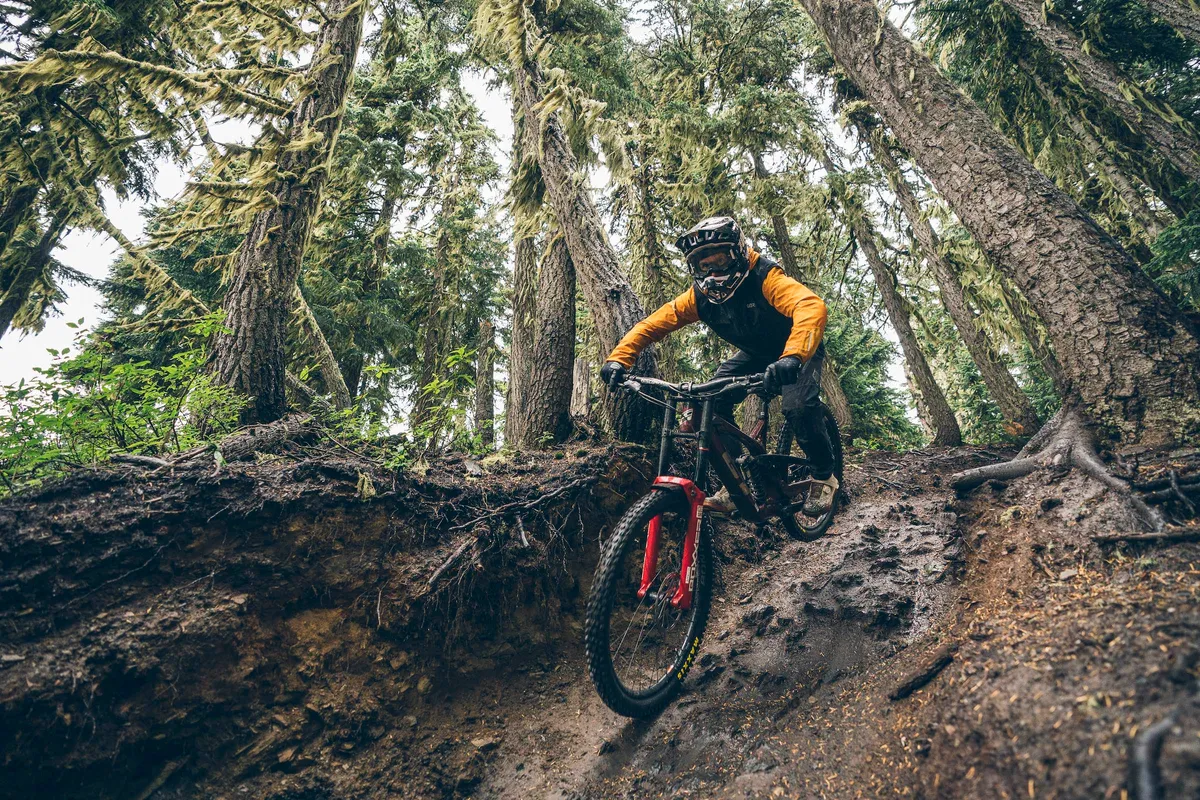
Due to the high speeds and high consequences involved in downhill mountain bike riding, it’s important to wear some specific kit and protection that you may not need on your average trail ride.
Full-face helmet
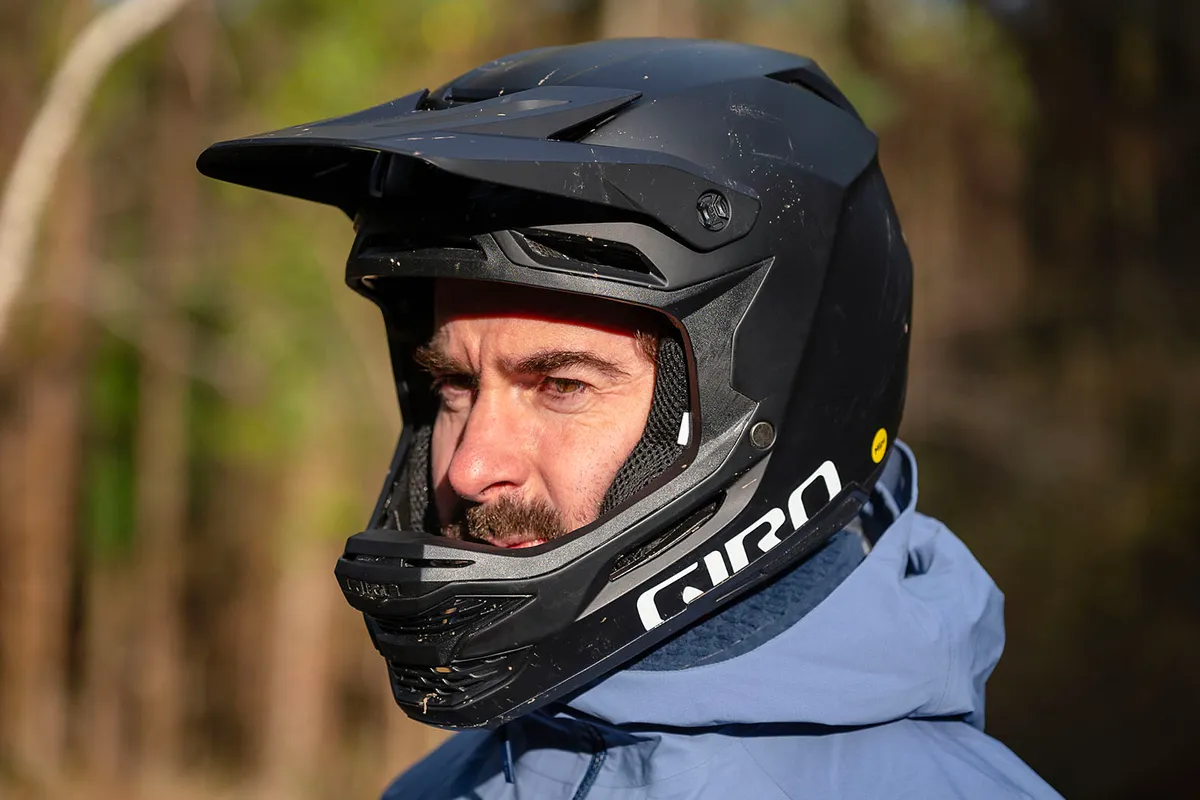
A full-face MTB helmet is a must for downhill riding. The extra coverage and protection are invaluable and because you won’t be pedalling uphill, the added warmth and weight won’t be an issue.
Goggles
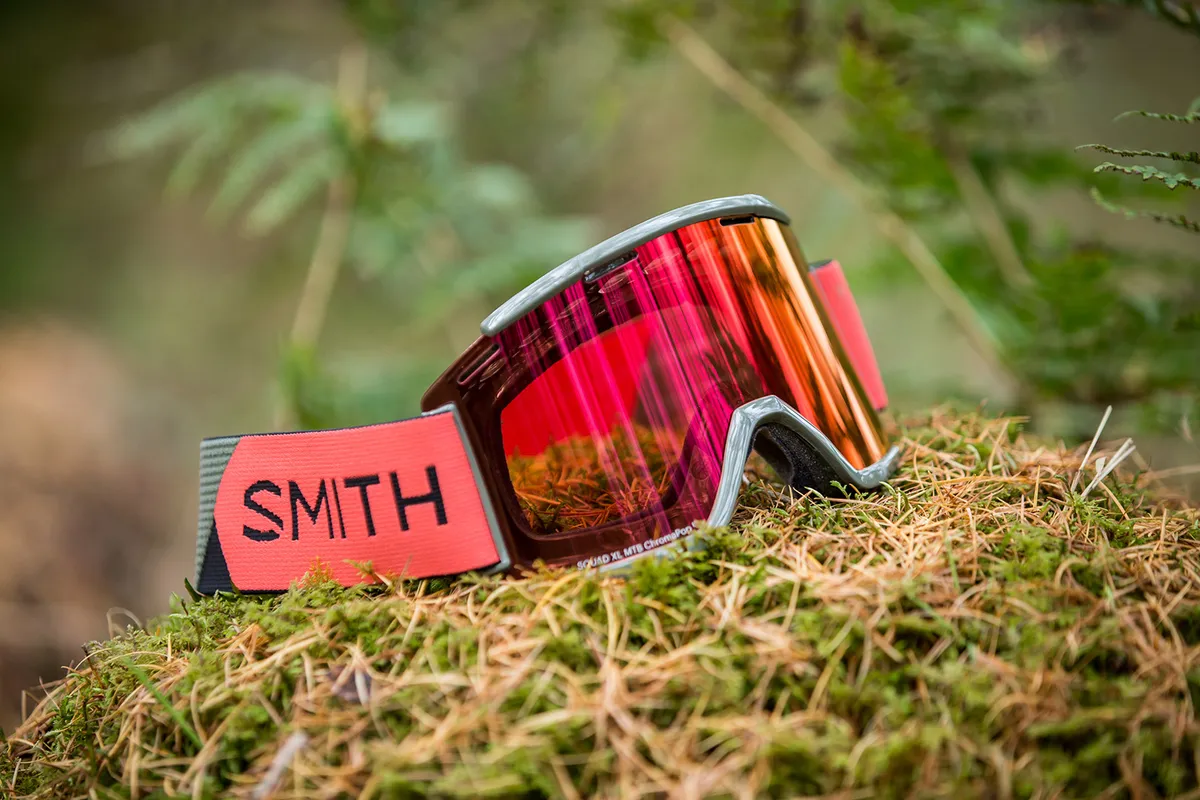
Mountain bike goggles and a full-face helmet are a great combination, providing maximum eye protection and a secure fit. Make sure to get goggles with a wide field of view and appropriate lenses for the conditions you are riding in.
While a mirrored chrome lens might look cool, it won’t be much use in dark woodland.
Knee pads
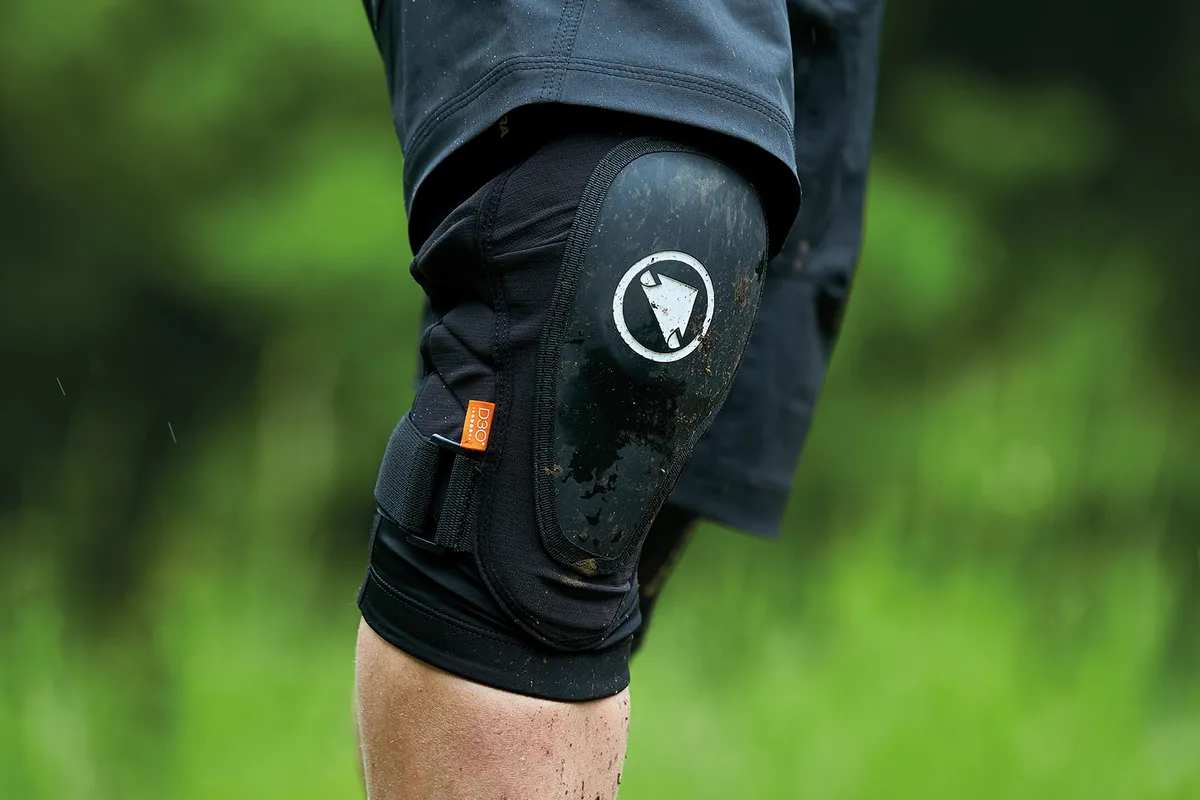
While we generally recommend knee pads for all trail and enduro riding, they’re extra important for downhill. Many brands provide DH-specific options, which feature extra-durable padding and full coverage.
Additional protection

Many downhill races and bike parks also require you to wear additional protection and body armour. This could come in the form of elbow pads, back protectors or neck braces. Even if they aren’t listed as mandatory for the event or venue you’re visiting, it’s worth taking them into consideration.
Where can I find downhill races?
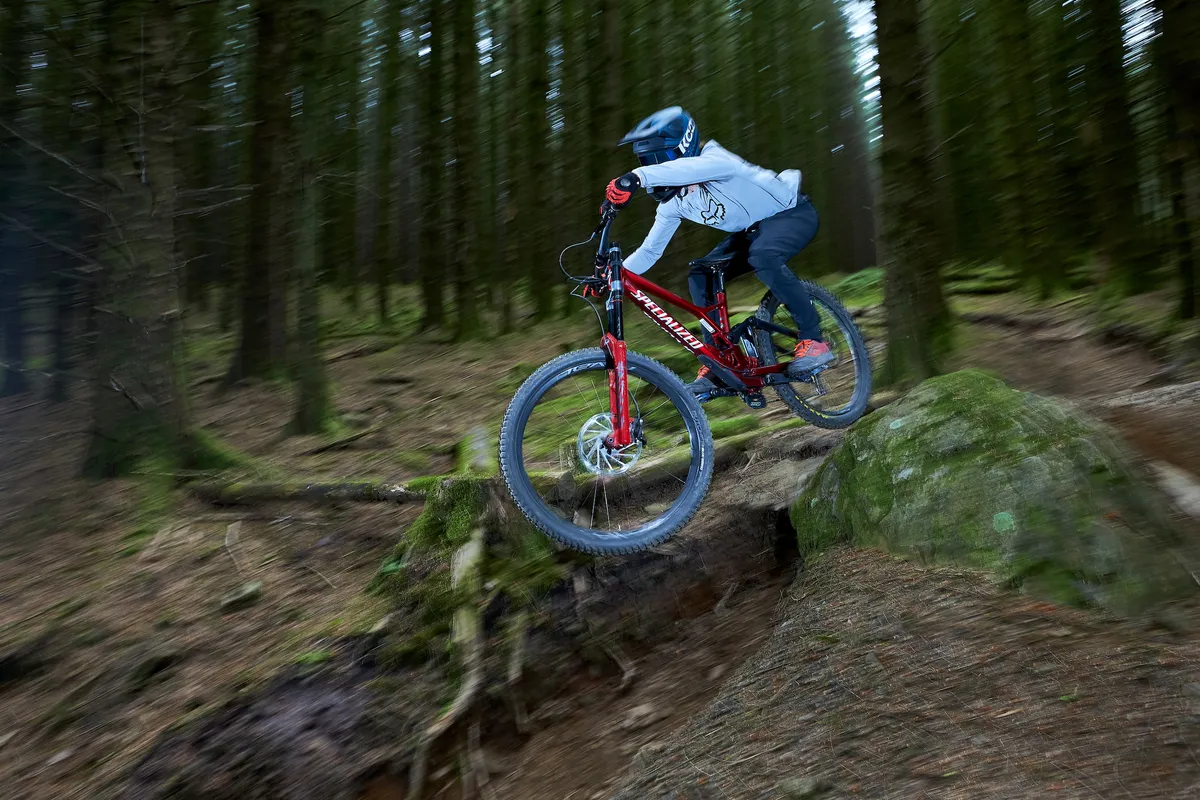
If you’re looking to race downhill, your best bet for finding a race near you is to look up your national cycling federation’s event calendar. You can also use MTB race website Roots and Rain, which provides an online calendar that lists events worldwide.
If spectating is your thing, we thoroughly recommend getting along to a UCI Downhill World Cup and seeing the world’s best riders at full speed. More info can be found here.
